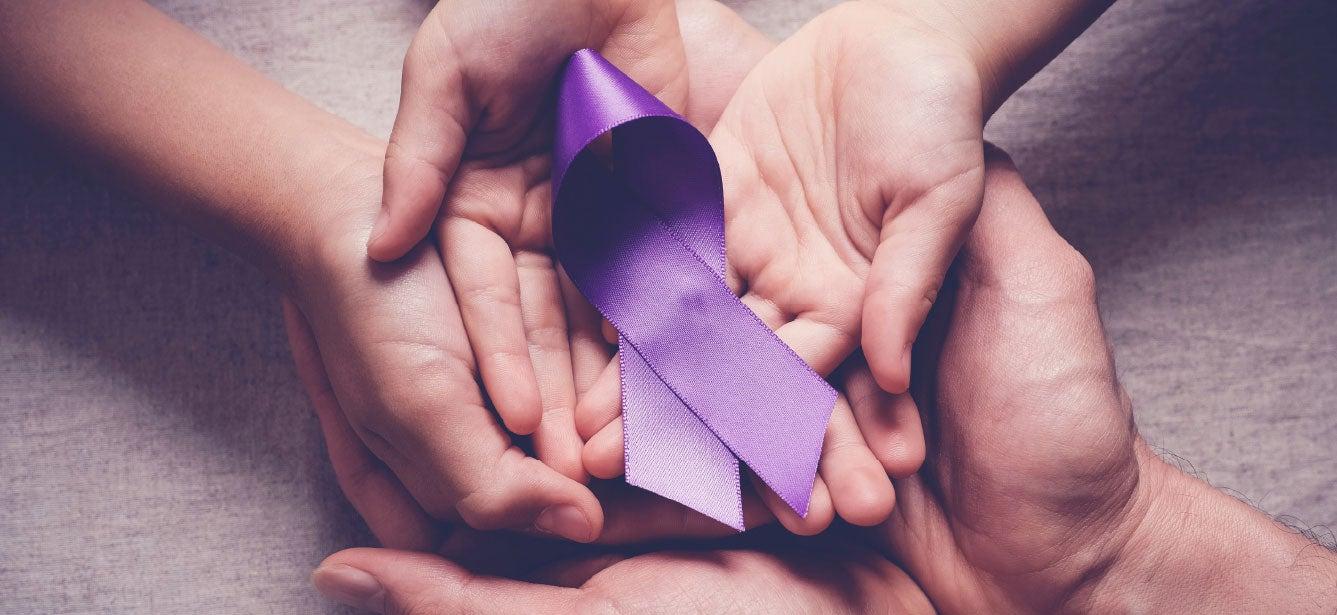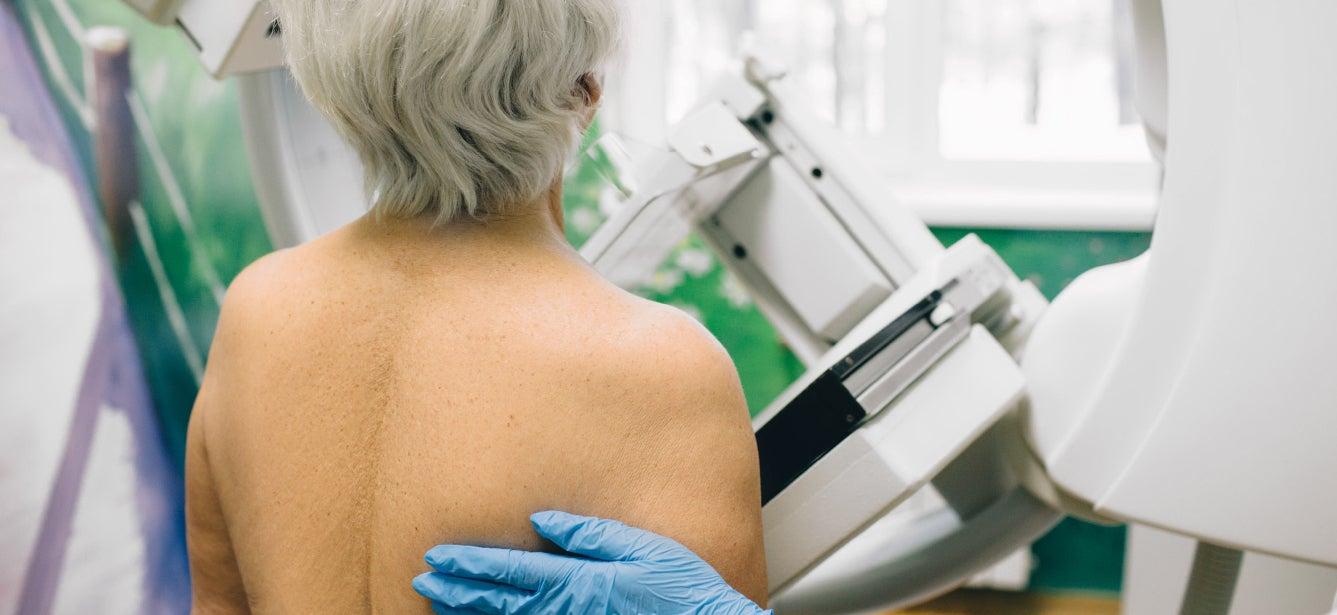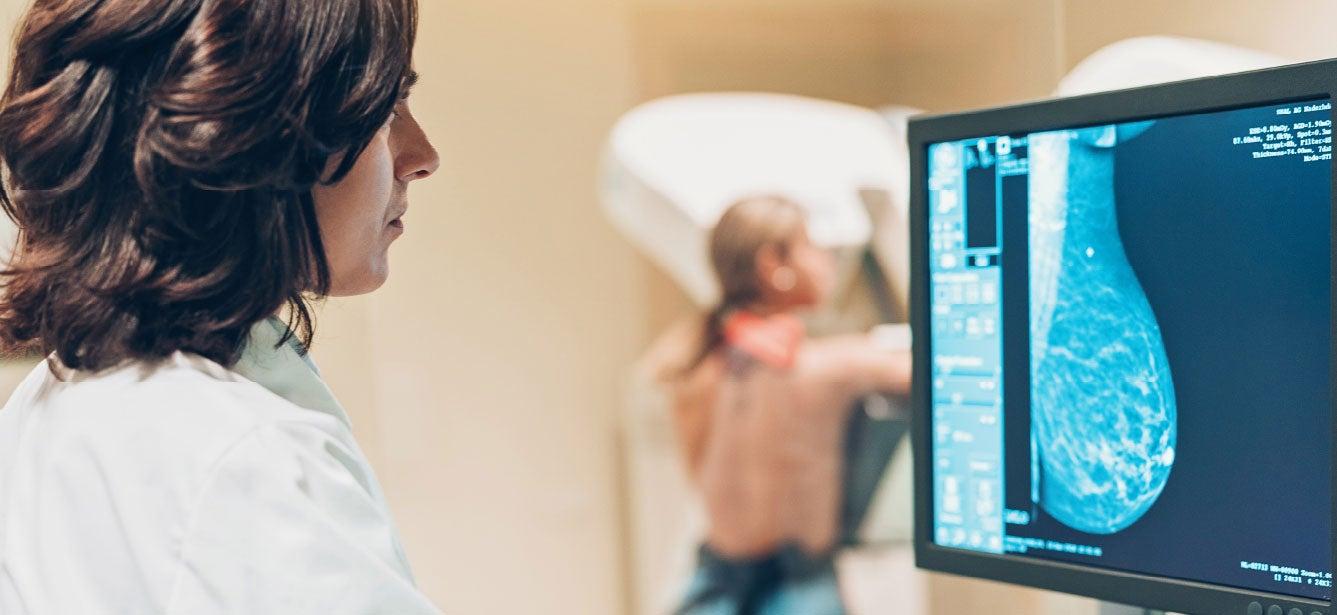Skin Cancer Signs, Symptoms, and Ways to Stop Cancer Before It Starts
5 min read

Skin cancer is the most common cancer in the U.S., but it is also the most preventable. An estimated one in five Americans will be diagnosed with skin cancer by the age of 70, according to the Skin Cancer Foundation, however the risk does not stop then.1 As we live longer, it’s important to continue protecting our skin as we age.
Is skin cancer common among older adults?
Most skin cancer cases are diagnosed in people older than 65, according to the Centers for Disease Control and Prevention (CDC). Melanoma,the deadliest form of skin cancer, is most frequently diagnosed among adults ages 65-74.
Fortunately, the earlier skin cancer is detected, the better your chance of beating it! Approximately 82.5% of melanoma cases are diagnosed at stage 1 before the cancer has spread to other parts of the body; for these cases, the five-year survival rate is 99.4%.2
A 2015 CDC study among older adults found that only 15% took all the following recommended preventive measures when outdoors: stay in the shade, wear sunscreen and a wide-brimmed hat, pants and long-sleeved shirts.3 Nearly 18% reported they didn’t use any kind of sun protection regularly.3
What are the types of skin cancer?
Basal and squamous cell skin cancers are the most common types of skin cancer. Both start on the top layer of your skin and are generally caused by sun exposure.
Basal cell carcinoma is responsible for eight in 10 skin cancers. It tends to develop on the face, head, and neck. If not treated and removed, basal cells can grow deeper into the skin and possibly the bones.
According to the Skin Cancer Foundation, squamous cell carcinoma accounts for about two in 10 skin cancers. These cancers commonly appear on the face, ears, lips, neck and back of the hands. Squamous cells are more likely to spread to other parts of the body than basal cells if not treated and removed.
Melanoma is responsible for most skin cancer deaths. It develops when the cells that give skin a tan or brown color begin to grow abnormally out of control. It is caused by a variety of factors, including exposure to ultraviolet (UV) rays from the sun and tanning beds. Genetic and environmental factors can play a role as well.
Around 60% of all melanoma cases in the U.S. are found in men.4 According to the American Academy of Dermatology, by age 65, men are two times as likely as women of the same age to get melanoma. By age 80, men are three times more likely than women in that age group to develop melanoma. This could be due to a variety of factors, including women wearing sun protection more regularly than men, and men spending more time outdoors over their lifetimes doing yardwork, playing sports and participating in other activities.
What are the signs of skin cancer?
An easy way to remember the signs of melanoma are the ABCDEs.
- “A” is for asymmetrical. Does the mole or spot have an irregular shape with two parts that look very different?
- “B” is for border. Is the border irregular or jagged?
- “C” is for color. Is the color uneven?
- “D” is for diameter. Is the mole or spot larger than the size of a pea?
- “E” is for evolving. Has the mole or spot changed during the past few weeks or months?
If you notice any of the ABCDEs or other changes to your skin, such as a new growth or a sore that doesn’t heal, talk to your health care provider.

Who can get skin cancer?
Anyone can be diagnosed with skin cancer regardless of race, gender or age. That said, some people are at greater risk including those with:
- A lighter natural skin color
- A personal or family history of skin cancer
- Increased exposure to the sun through work and play
- A history of sunburns, especially during childhood
- A history of indoor tanning
- Skin that burns, freckles or reddens easily
- Blue, gray or green eyes
- Blond, red or light brown hair
- A large number of moles
- History of being treated with radiation
How can you prevent skin cancer?
It’s never too late to change your habits and reduce your risk of skin cancer. It’s important to protect your skin from UV radiation year-round, including on cloudy and hazy days. To reduce your risk of skin cancer, the CDC recommends the following steps:
- Avoid the sun or stay in the shade between the hours of 10 a.m. and 4 p.m., when UV exposure is most dangerous.
- Wear clothing that covers your arms and legs.
- Wear a wide-brimmed hat to shade your face, head, ears and neck.
- Wear sunglasses that wrap around and block both UVA and UVB rays.
- Use sunscreen and lip balm with a sun protection factor (SPF) of 30 or higher, and both UVA and UVB (broad spectrum) protection.
- Avoid indoor tanning.
- Examine your skin once a month. Tell your health care provider about skin changes.
Should you be screened for skin cancer?
The U.S. Preventive Services Task Force (USPSTF), which makes recommendations for what preventive health services people should get, and when, has not found enough evidence to recommend for or against routine skin cancer screening for those at average risk. If you have a family history of the disease or have any unusual moles or changes in your skin, talk to your health care provider.
Sources
1. Skin Cancer Facts and Statistics, Skin Cancer Foundation. Found on the internet at https://www.skincancer.org/skin-cancer-information/skin-cancer-facts/
2. Cancer Stat Facts: Melanoma of the Skin, National Cancer Institute. Found on the internet at https://seer.cancer.gov/statfacts/html/melan.html
3. Many Older Adults Don’t Protect Their Skin from the Sun, Centers for Disease Control and Prevention. Found on the internet at https://www.cdc.gov/cancer/dcpc/research/articles/older-adults-protect-skin-sun.htm
4. Melanoma Strikes Men Harder, American Academy of Dermatology. Found on the internet at https://www.aad.org/public/diseases/skin-cancer/types/common/melanoma/men-50




